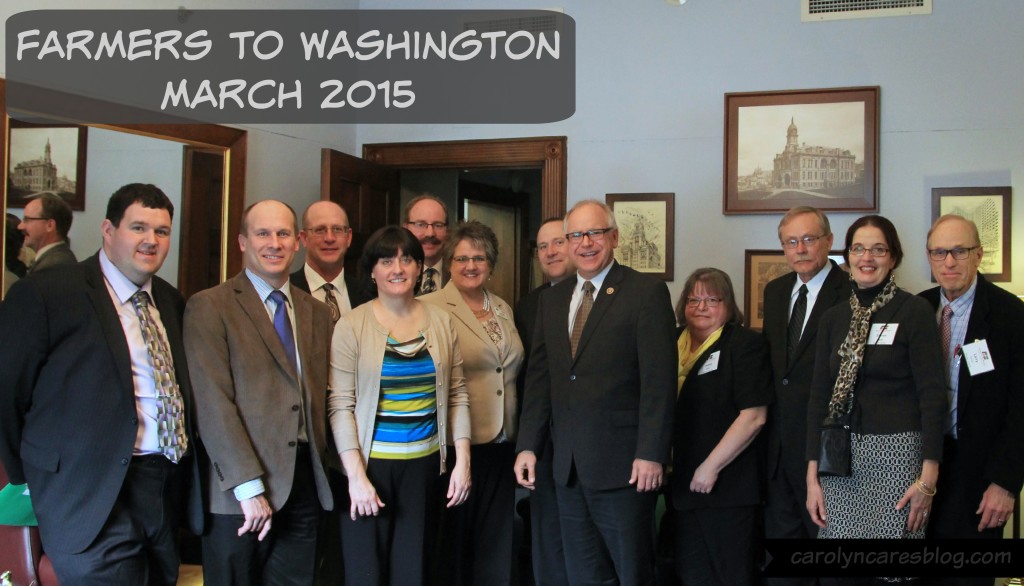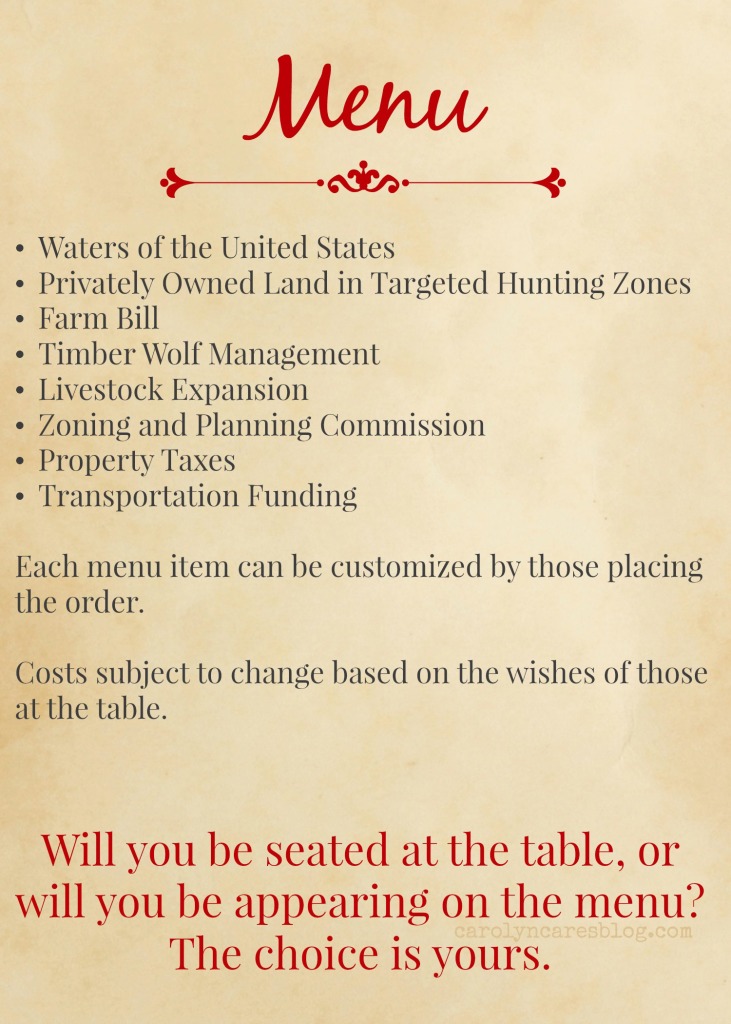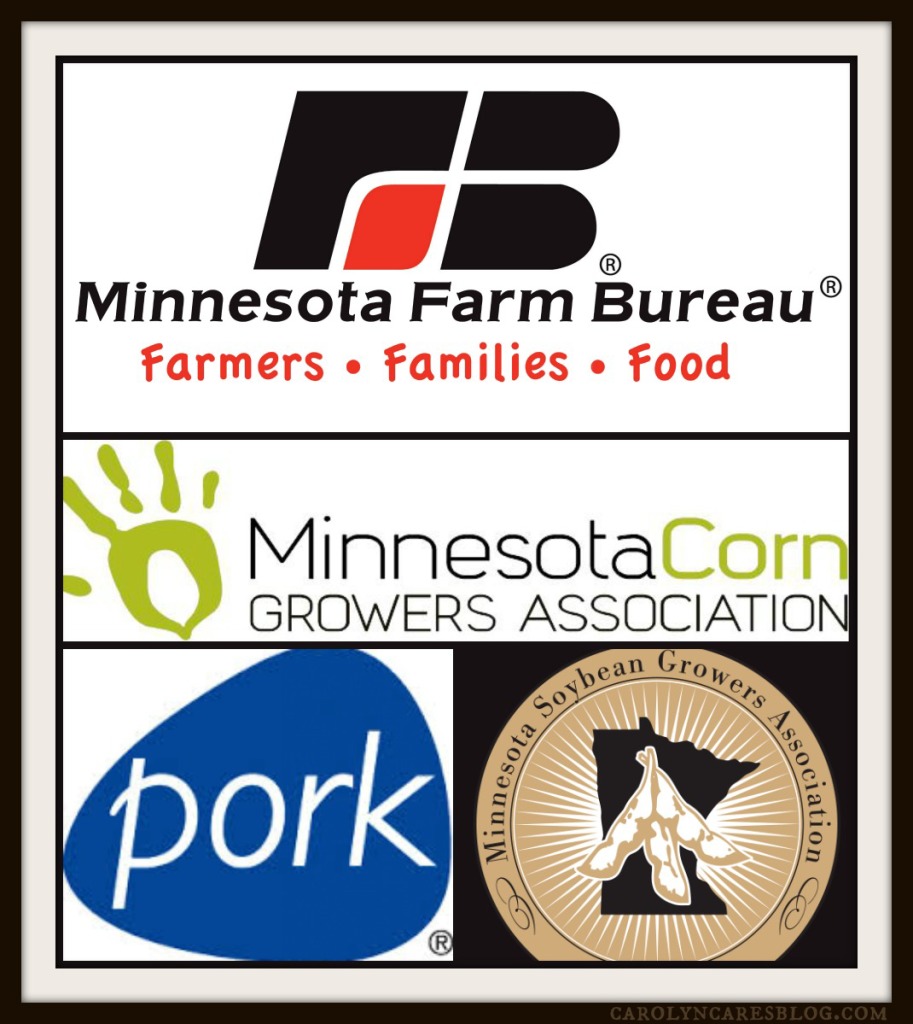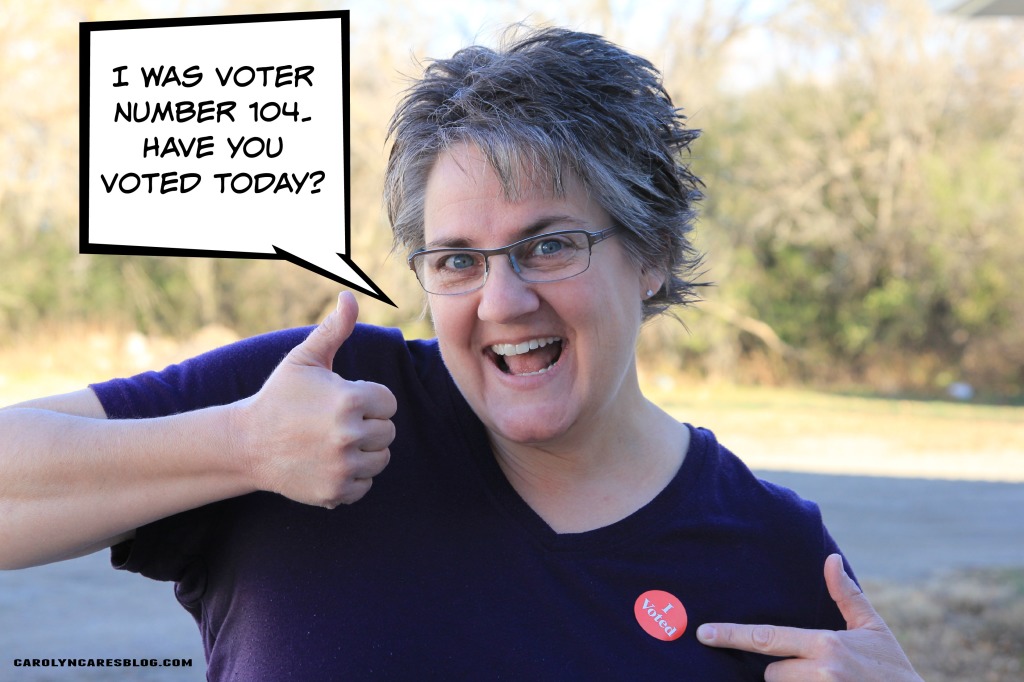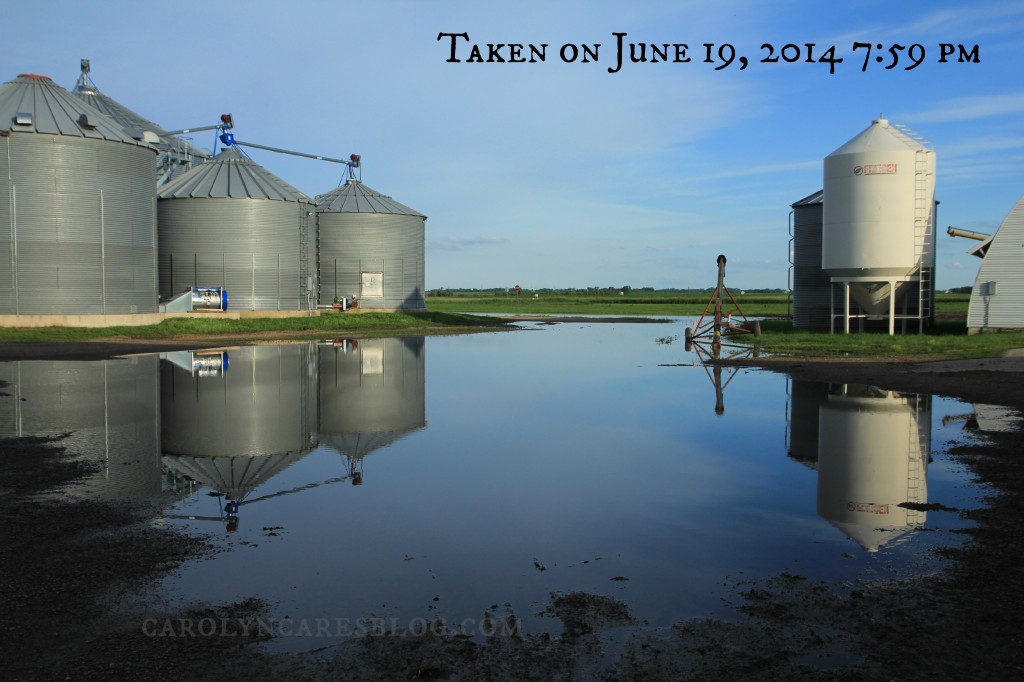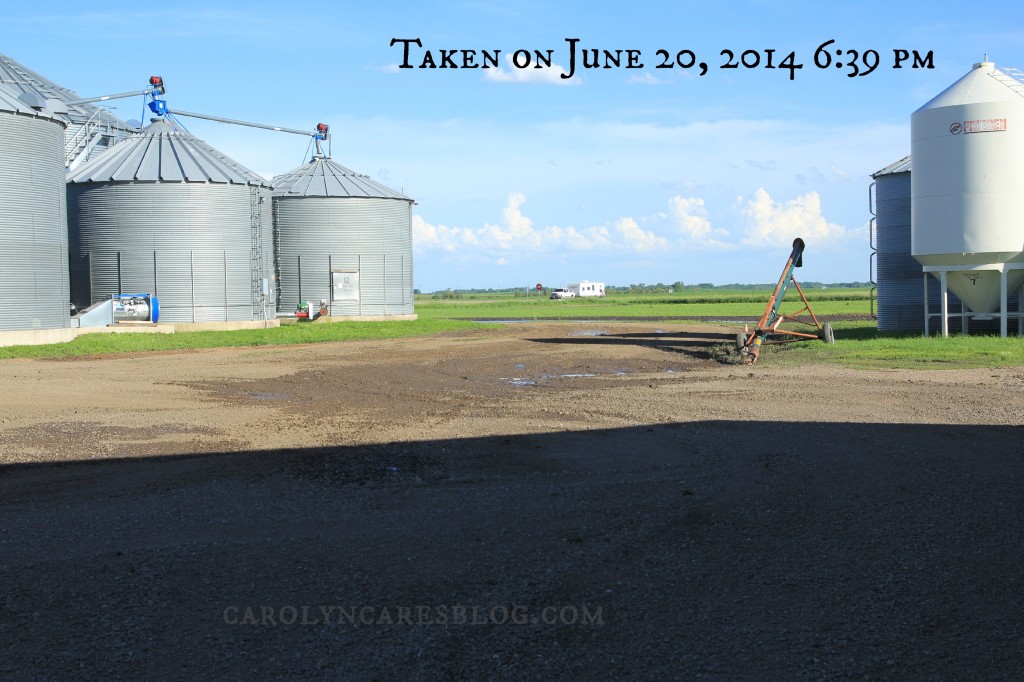Agriculture is under attack by the Environmental Protection Agency, individual states, and federal judges. It is time to get involved, and make your voice heard. What is the most effective way to get your message across? By joining a farm organization.
This past March, I had the opportunity to visit Washington DC with the Minnesota Farm Bureau. This was my 4th trip to DC with Farm Bureau, but my first trip as a member of the Minnesota Farm Bureau Board of Directors. I came away with three things I think everyone involved in agriculture should know.
Every farmer should belong to a farm organization
I know, I know. We’re all really busy, and it’s tough to take on one more thing. But what if that one more thing makes your job easier in the long run? For example, fourteen Minnesota Farm Bureau members traveled to Washington DC together in March. That is a small fraction of our membership. We were speaking on behalf of all Minnesota Farm Bureau members that week. When we met with our Congressmen and Senators, they knew we are speaking with a unified voice for all of our members.
I cannot tell you how many times I’ve been to the Minnesota State Capitol for our Day on the Hill visits. It’s another trip that I love, and it’s an easy one day event for us. The messages we bring to our elected officials, whether state or national, are those that came from our members in the policy development and voting delegate sessions that happen every year. Your voice in your county matters.
Politics may not be your thing, but it affects everything
When I first got involved in Farm Bureau, politics weren’t my thing. I had kids to worry about, I was taking on a few more farm responsibilities, and just didn’t think my opinions mattered anyway. The more I got involved with Farm Bureau, the more I realized how much of our livelihood depended on our elected officials. I started paying attention, embraced the opportunities to attend legislative 101 type sessions at our Leadership Conferences, and learned how the political process works. Then, Jonathan and I won a trip to Washington DC with the Young Farmers & Ranchers group, where we learned how powerful the Farm Bureau voice can be. I went in to that trip pretty wide-eyed, and came home fired up…in a good way. I gained a new respect for those who work hard at getting our message in front of the House and Senate every day. I know I couldn’t do it!
Every farmer should go to Washington DC at least twice
Why go twice? Isn’t once enough…a been there done that kind of thing? As I mentioned above, my first trip to Washington DC was pretty much a wide eyed experience where I was taking in so much information, and seeing for the first time how politics affects agriculture at the national level, that I really didn’t feel like I made much of an impact. When we went on our second trip, I was much more comfortable about speaking up in our meetings, and felt that I was making a difference. In March, one of our Congressmen expressed how he appreciated how Farm Bureau speaks with a unified voice, since they represent all sectors of agriculture. He mentioned how we are a lot like Congress in that we have to learn how to take all of the different voices and come together in agreement on our policies. I hadn’t thought of it that way before. The group on this spring’s trip was very diverse, which really brought home our Congressman’s point. We had beef, dairy, pig, conventional, and organic farmers in our group speaking as one.
Whether it is the American Farm Bureau addressing the issues surrounding the EPA’s Waters of the United States rule, or the Minnesota Farm Bureau addressing Governor Dayton’s buffer strip campaign, our elected officials take note of our message, whether or not they vote the way we would like, at least they know exactly where we stand. That is the impact of a unified voice.
